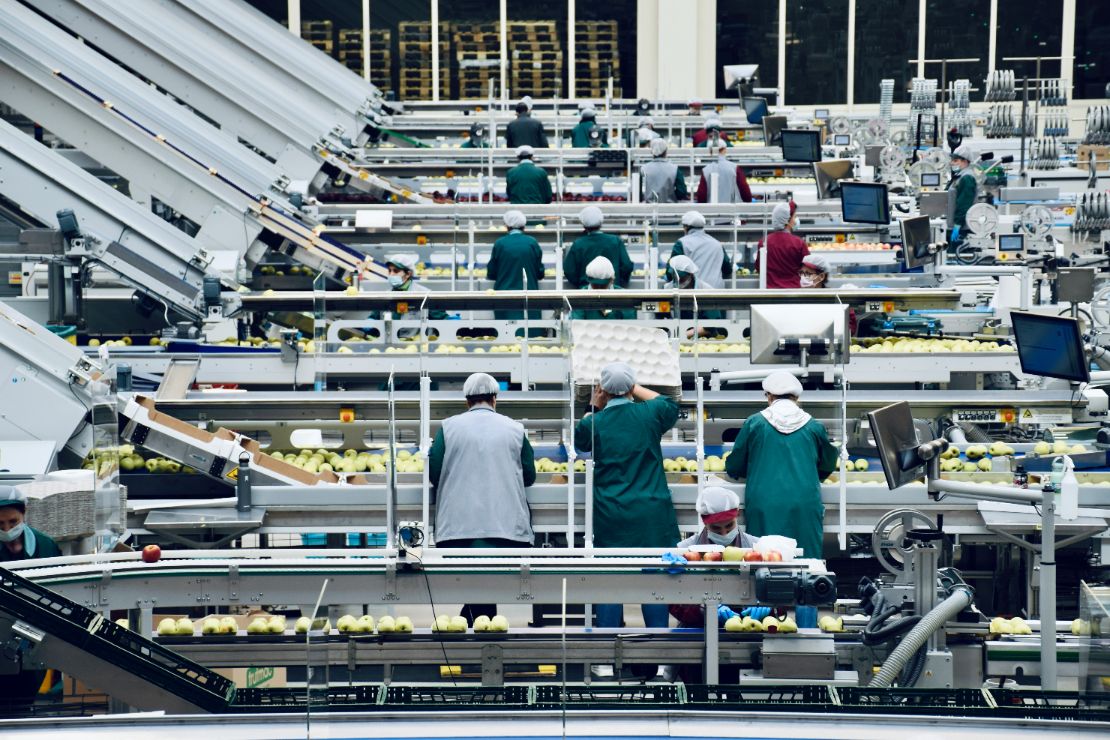Gas Detectors for the Food Industry: Safety and Compliance
In food processing plants, gases are everywhere — used for chilling, packaging, fermenting, and sterilizing. But these same gases can pose hidden dangers. A minor leak from a CO₂ tank, unnoticed ammonia buildup in cold storage, or depleted oxygen in nitrogen-flushed areas can seriously affect worker safety and food quality. That’s why every facility needs a gas detector food industry system — tailored to its unique risks and workflows.

Why the Food Industry Relies on Gas Detection
Modern food production is highly automated and fast-paced. Gases are used to extend shelf life, cool ingredients, maintain pressure, and power machinery. But the environments in which they’re used — enclosed tanks, walk-in coolers, packaging lines — also limit ventilation.
Even low concentrations of some gases can harm workers or contaminate products. Add the complexity of temperature fluctuations, humidity, and sanitation requirements, and it becomes clear: every gas sensor for food processing must be accurate, responsive, and safe for food-grade environments.
Even low concentrations of some gases can harm workers or contaminate products. Add the complexity of temperature fluctuations, humidity, and sanitation requirements, and it becomes clear: every gas sensor for food processing must be accurate, responsive, and safe for food-grade environments.
Typical Gases and Risk Zones in Food Production
Each plant has its own gas profile depending on the product, technology, and layout. However, most facilities face these five gas-related risks:
- Carbon dioxide (CO₂): Common in carbonation and modified atmosphere packaging. Heavy gas, can displace oxygen in confined spaces.
- Ammonia (NH₃): Used in large-scale refrigeration systems. Toxic and corrosive if leaked.
- Carbon monoxide (CO): Comes from combustion engines like LPG forklifts. Odorless and highly toxic.
- Nitrogen (N₂): Often used to displace oxygen in storage and packaging. Creates hypoxia risk in confined zones.
- Oxygen (O₂): Requires monitoring where oxygen is intentionally displaced or when leaks may lead to depletion.
- Refrigeration and cold storage rooms
- Bottling lines and carbonation tanks
- Nitrogen flushing stations
- Fermentation or ripening chambers
- Battery charging areas (in warehouse zones)
- Walk-in freezers and confined packaging areas
Why Compliance Isn’t Optional
Food facilities are subject to strict regulation under OSHA, FDA, and often ISO 22000 or BRCGS standards. These bodies require risk assessments, documented monitoring, and incident response plans. If gas leaks aren’t addressed with calibrated detectors and proper placement, consequences may include:
- Injuries from toxic or asphyxiating gases
- Contamination of stored goods
- Fines or shutdowns during audits
- Equipment damage from corrosive leaks
- Loss of compliance certification
Features to Look For in a Food-Safe Gas Detector
When selecting sensors, consider:
- Material compatibility — Use stainless steel or food-safe plastic for hygienic areas
- Ingress protection (IP rating) — Must handle humidity, washdowns, and condensation
- Temperature resistance — Many cold rooms dip below -20°C
- Fast response and alarm accuracy — Especially in walk-in or confined spaces
- Output compatibility — Should integrate with alarms, HVAC, or central monitoring systems
- Minimal maintenance — Field-replaceable sensors and remote calibration help reduce downtime
- Certifications — ATEX or UL/IECEx for zones with flammable refrigerants or CO risks
Step-by-Step: How to Design a Gas Detection System
A one-size-fits-all approach won’t work in food production. Here’s a basic process to implement an effective detection system:
- List all gases used in operations — including refrigerants, packaging gases, and fuel emissions.
- Map out equipment and airflows — to identify accumulation zones or poor ventilation.
- Select the right technology — IR sensors for CO₂, electrochemical for CO/NH₃/O₂, and oxygen sensors for N₂-flushed areas.
- Determine detector placement — based on gas weight and leak risk zones.
- Install and connect — sensors to audible/visual alarms, SCADA, or BMS systems.
- Train personnel — so they recognize alarms and follow evacuation procedures.
- Maintain and document — schedule calibrations, log test results, and store records for audits.
Use Case Examples from the Industry
- Dairy plants monitor CO₂ levels in fermentation tanks to prevent oxygen displacement during yogurt production.
- Frozen food factories use ammonia detectors in freezer rooms with backup alarms and auto-shutoff triggers.
- Beverage bottling lines rely on IR CO₂ detectors in carbonation and capping stations.
- Meat packing facilities place O₂ and CO detectors near forklift routes and packaging lines to track air quality and fuel emissions.
Common Oversights That Reduce System Effectiveness
Even with quality sensors, common missteps reduce system reliability:
- Installing at incorrect height (e.g., placing CO₂ sensors too high)
- Skipping battery backup in power-loss-prone areas
- Using non-food-grade enclosures in washdown zones
- Ignoring annual recalibration and sensor aging
- Failing to document or respond to alarms
Build Safety Into Every Step
A modern gas detector food industry setup is more than a sensor on a wall. It’s a proactive system — one that detects early, warns clearly, and fits seamlessly into a plant’s hygiene, production, and compliance framework. Choosing the right gas sensor for food processing protects workers, ensures product integrity, and keeps you audit-ready — every shift, every day.